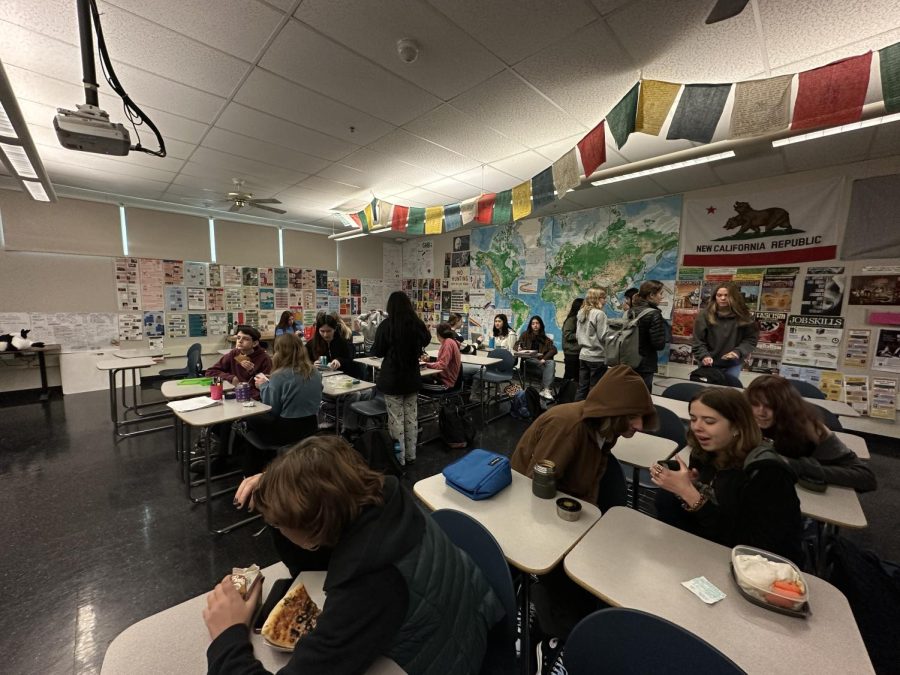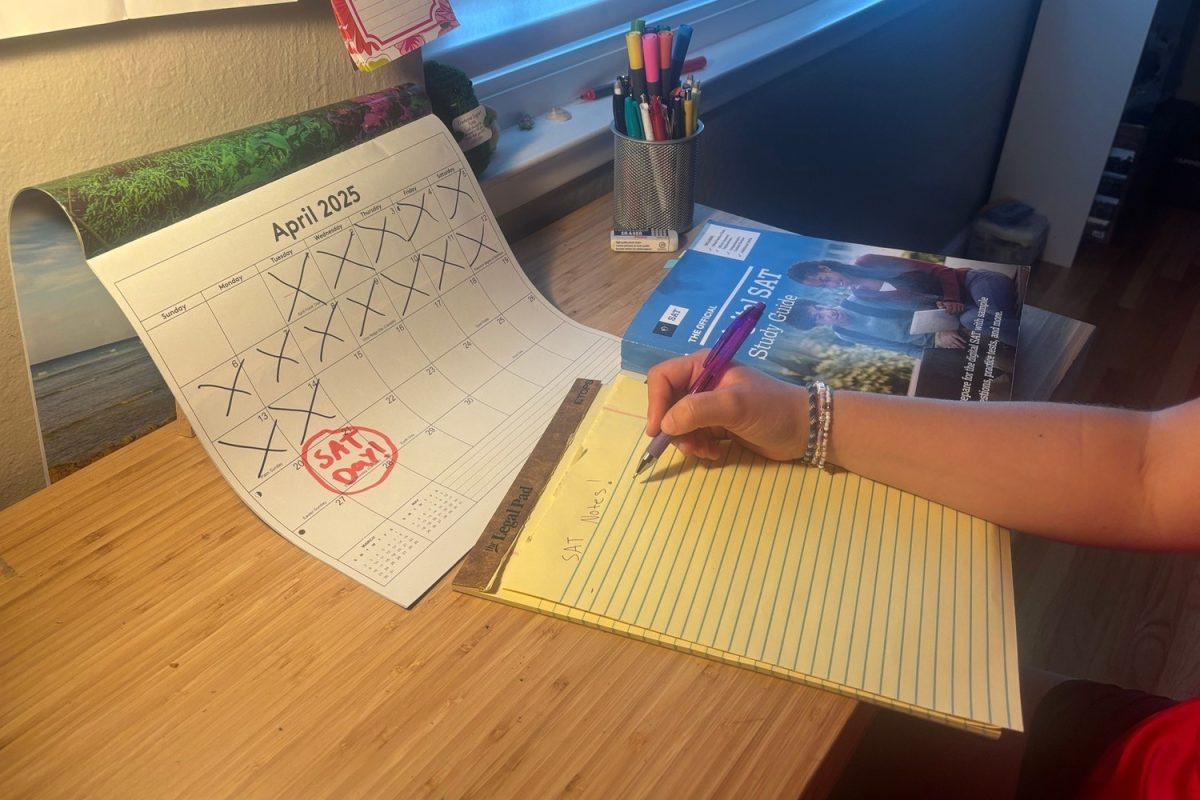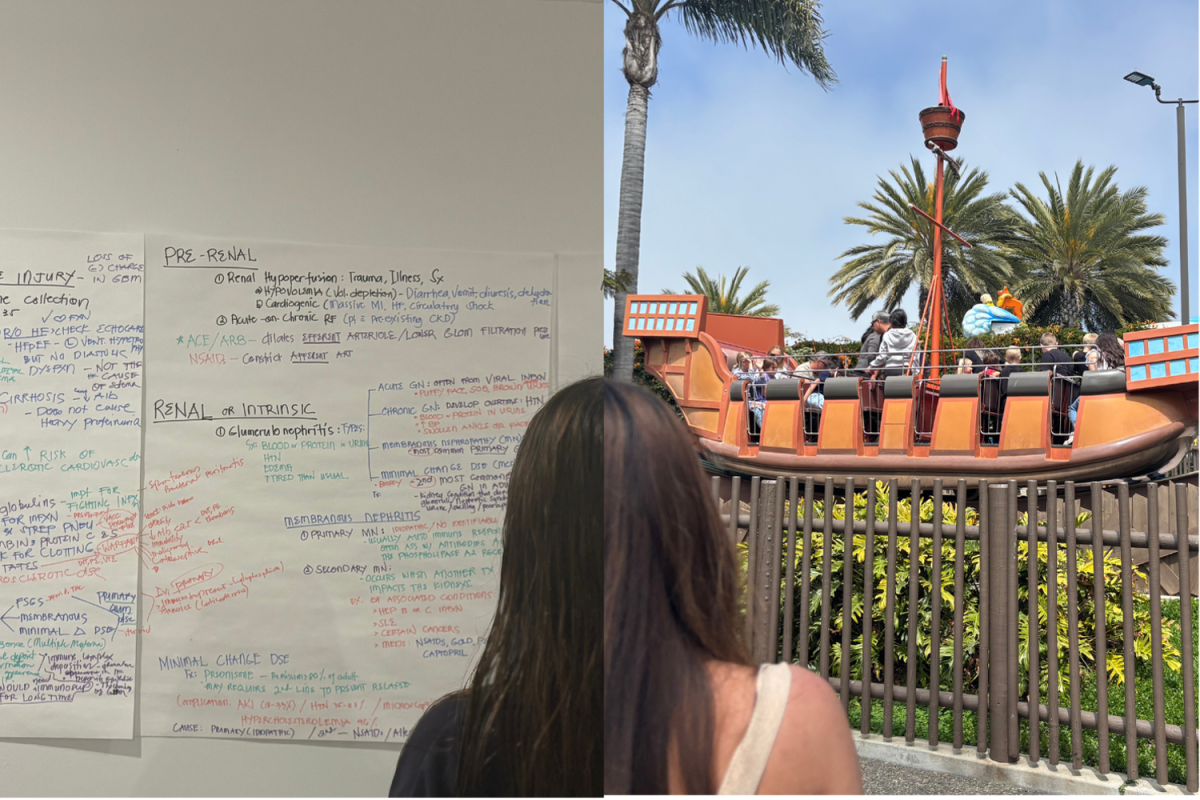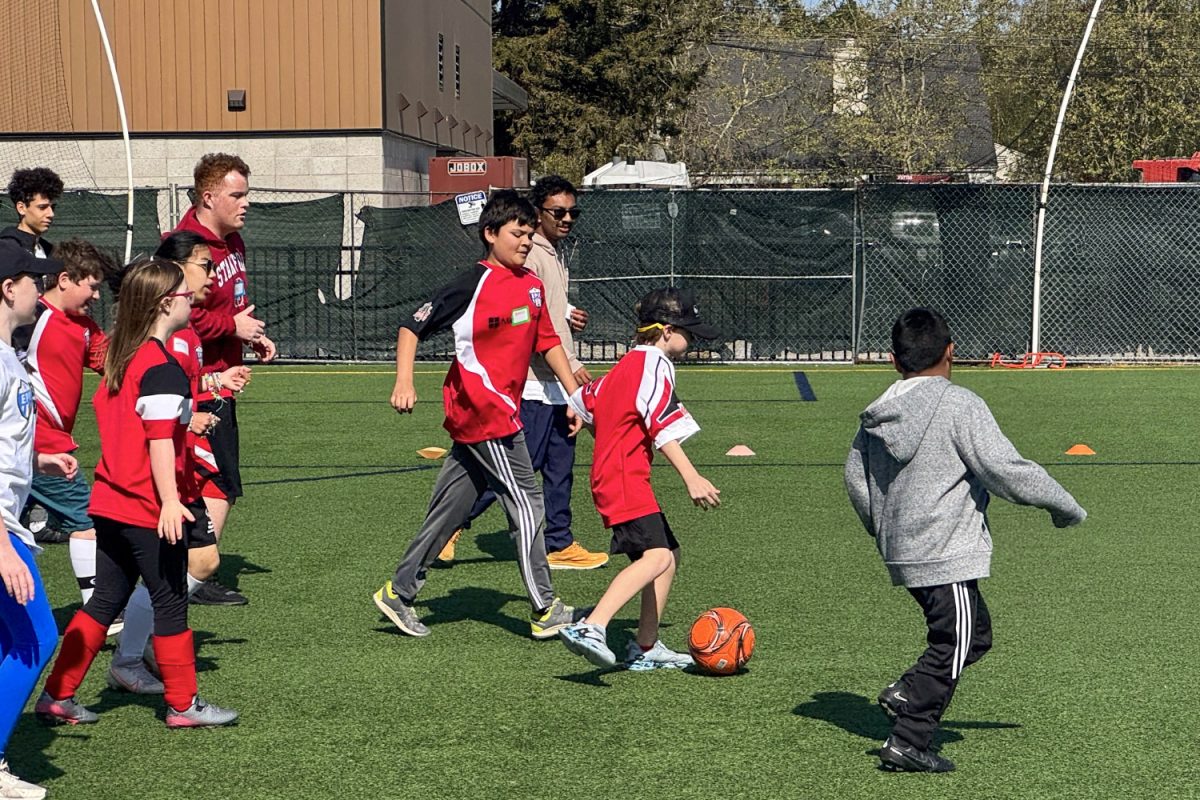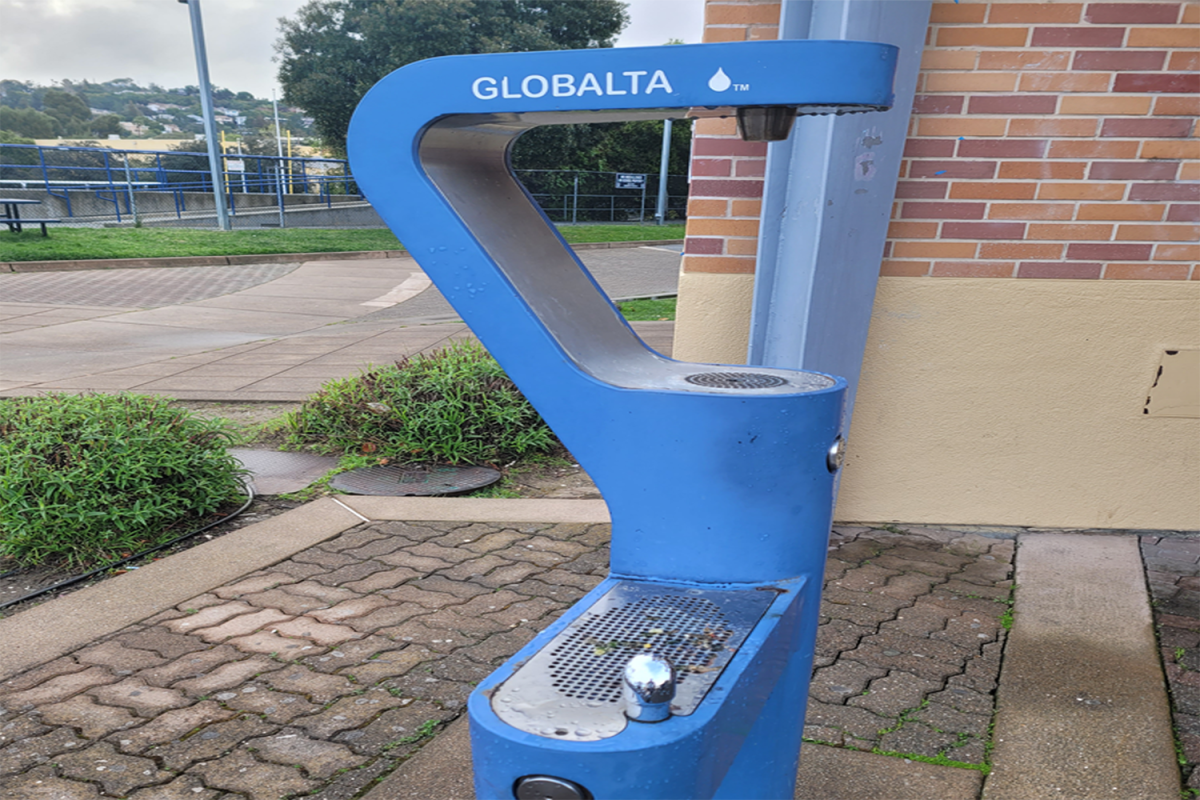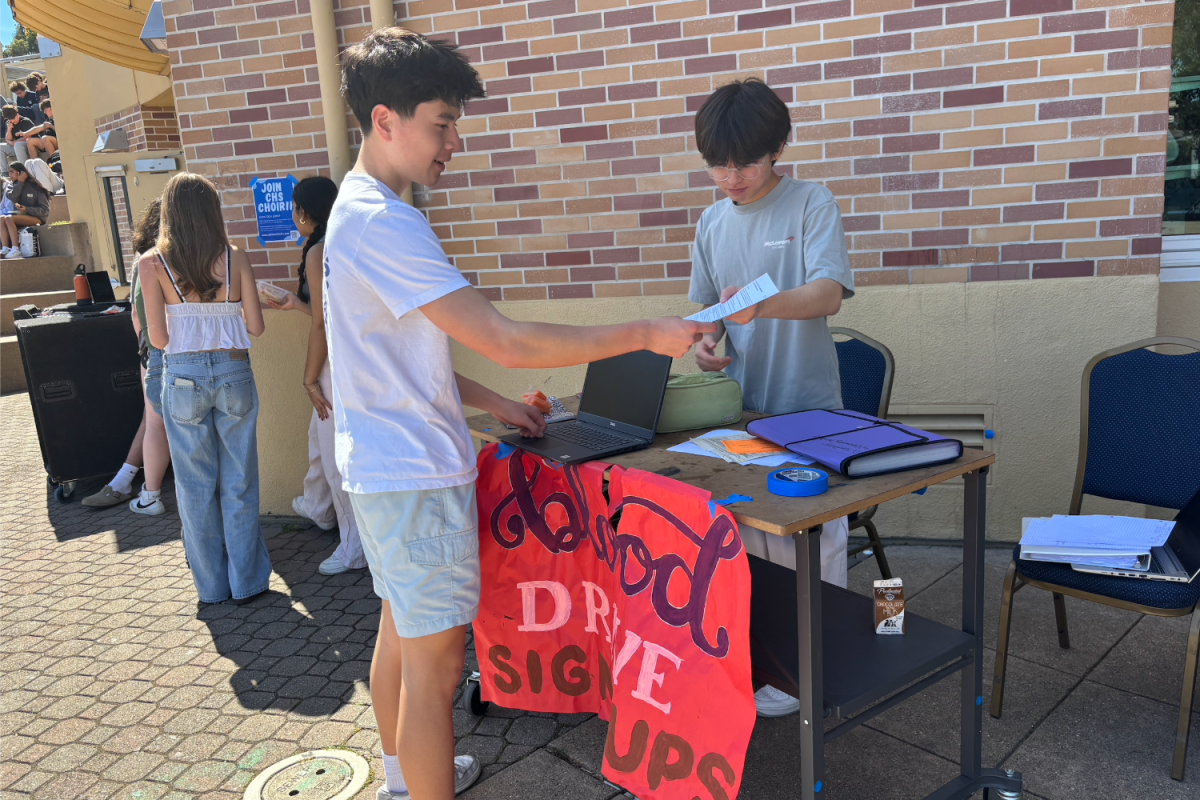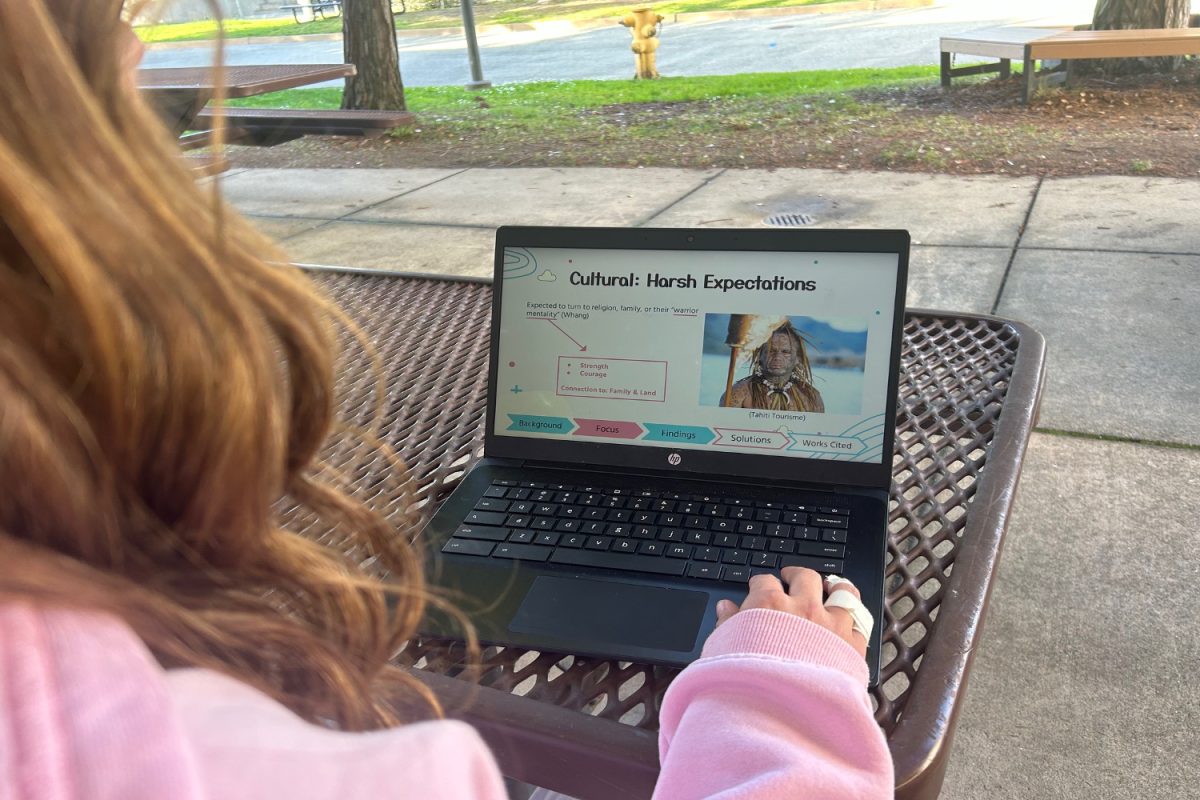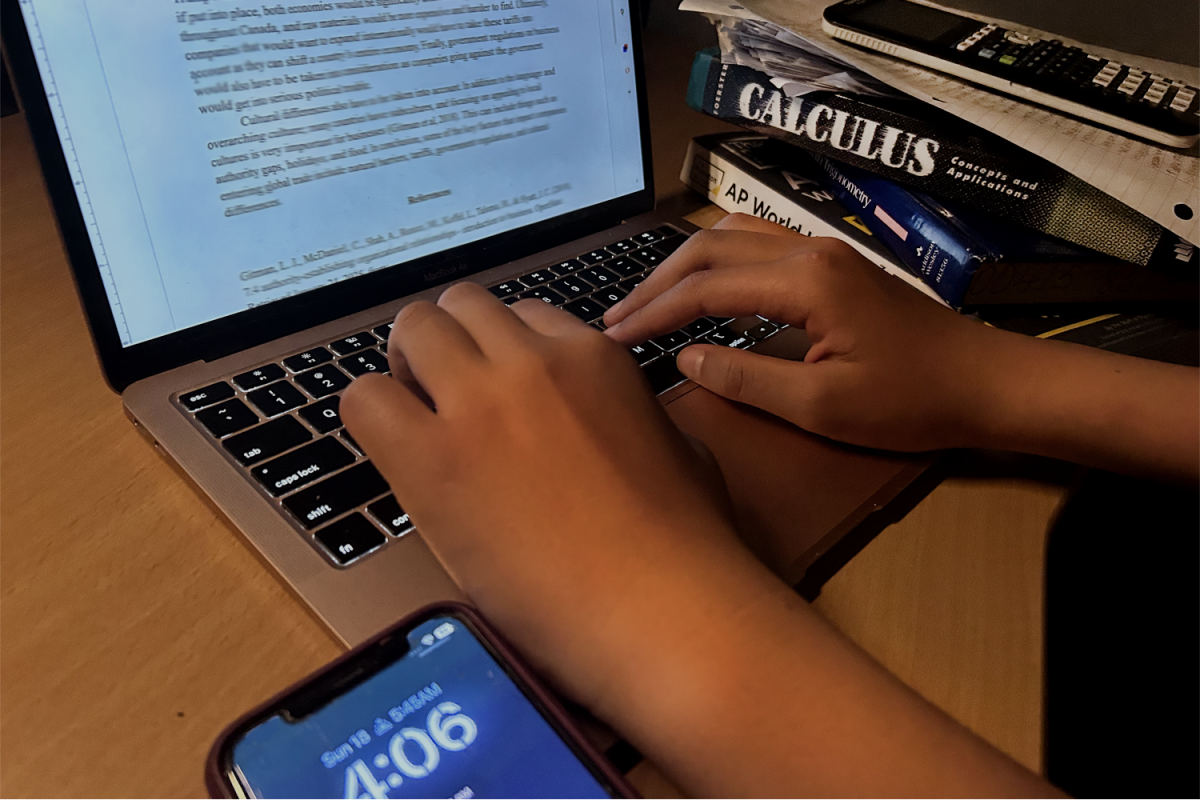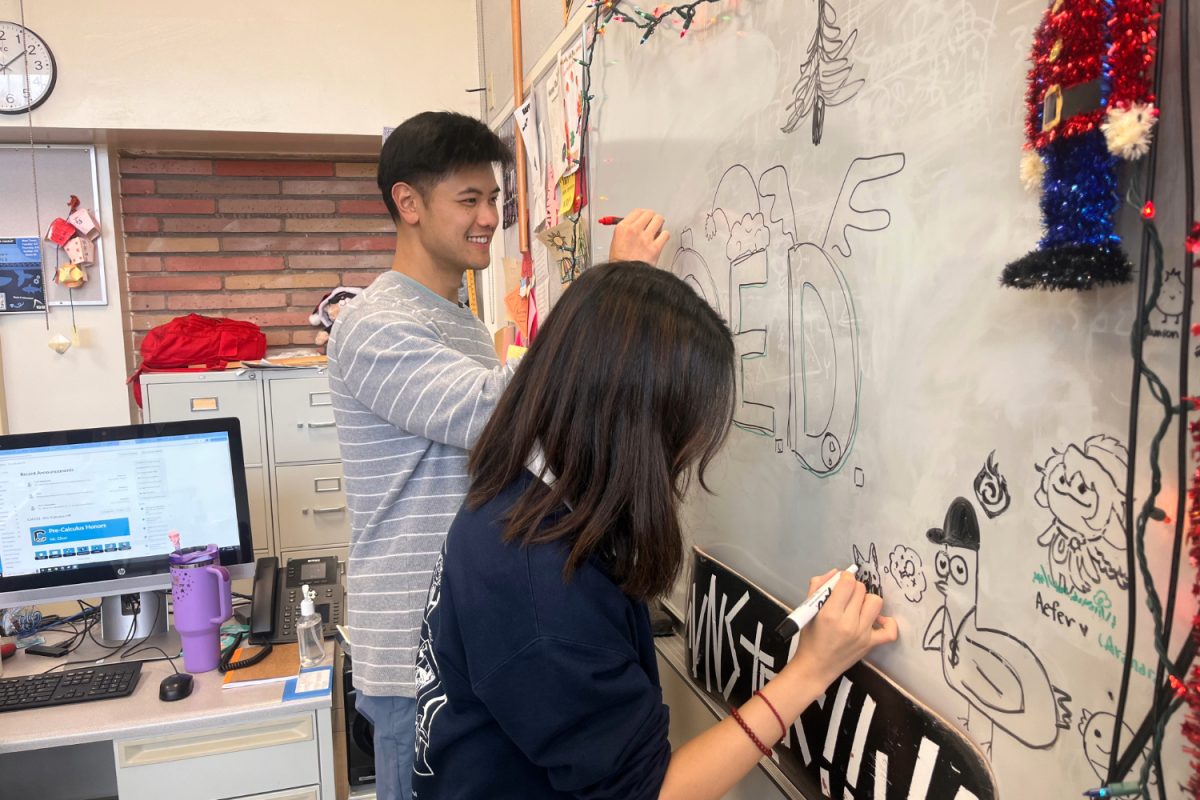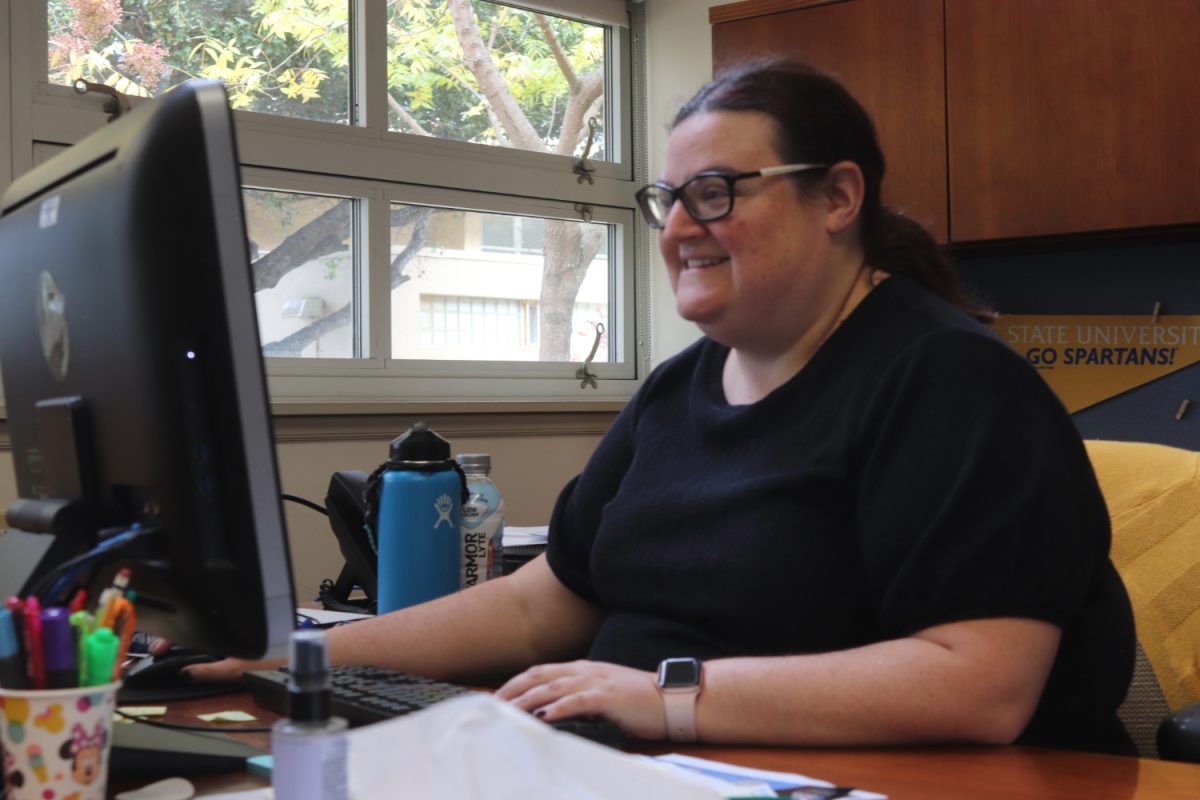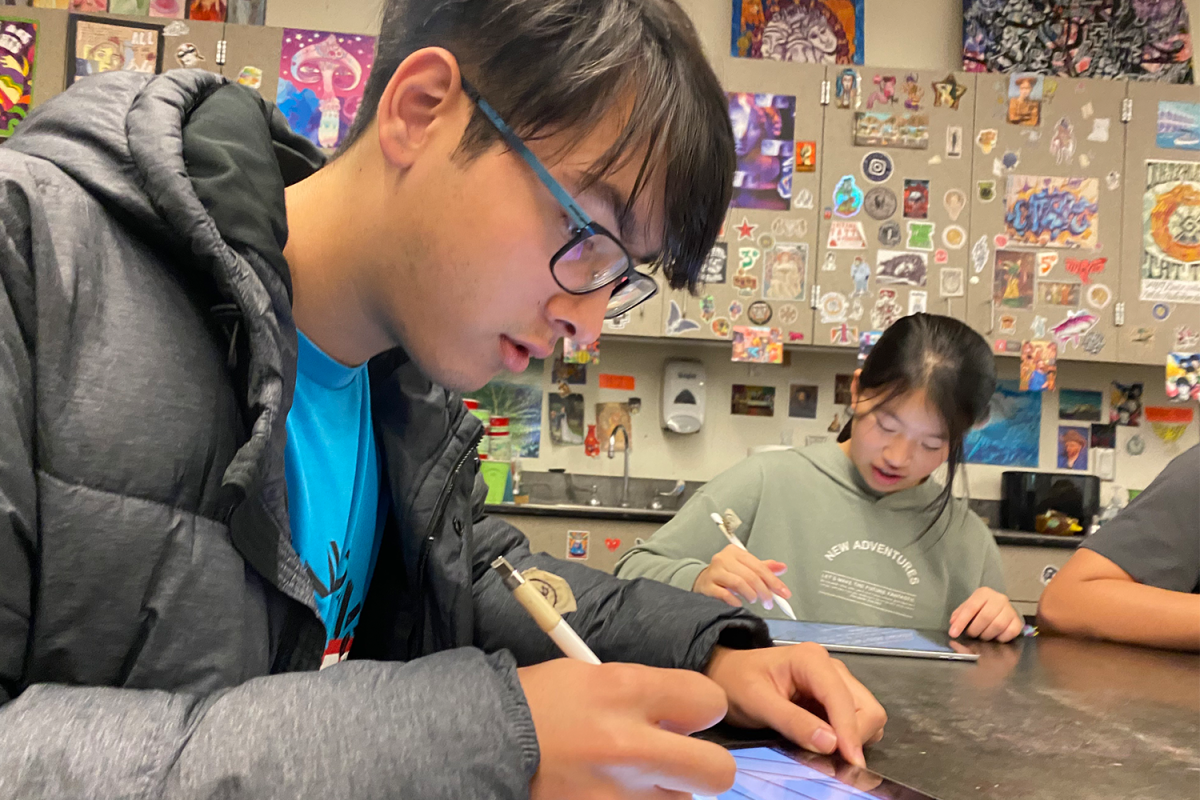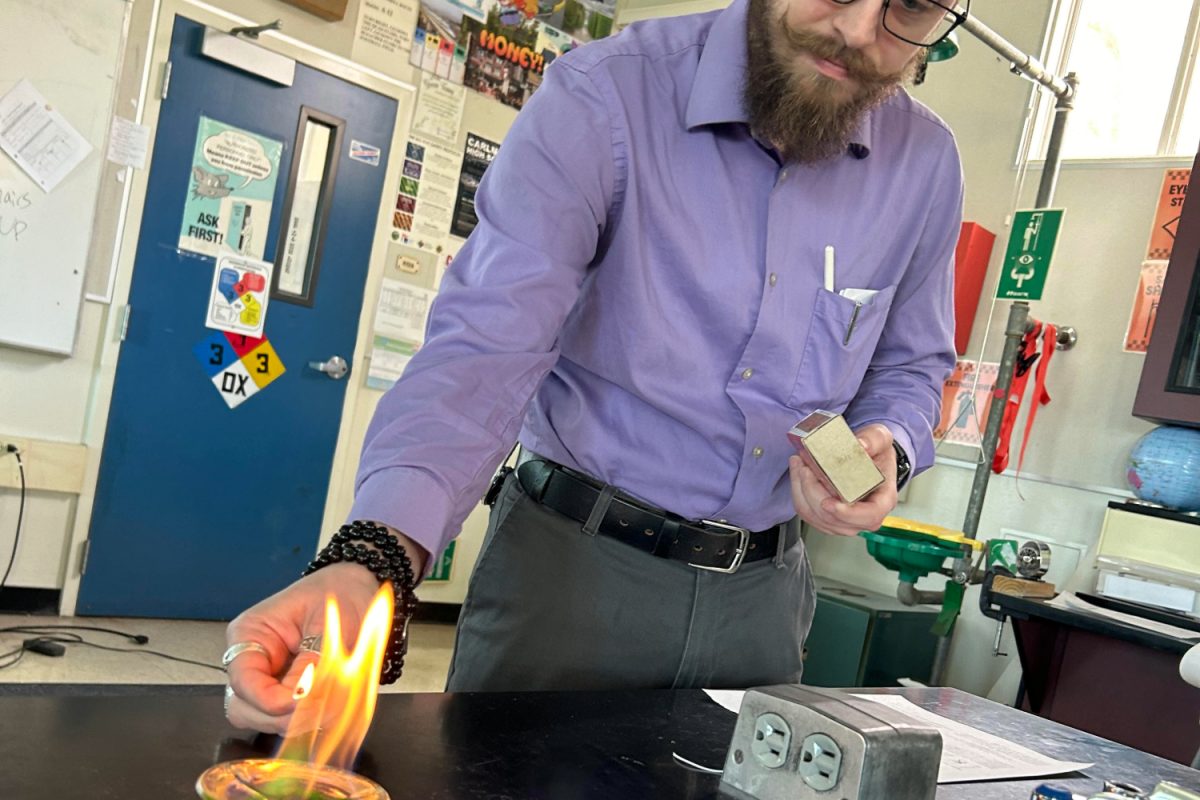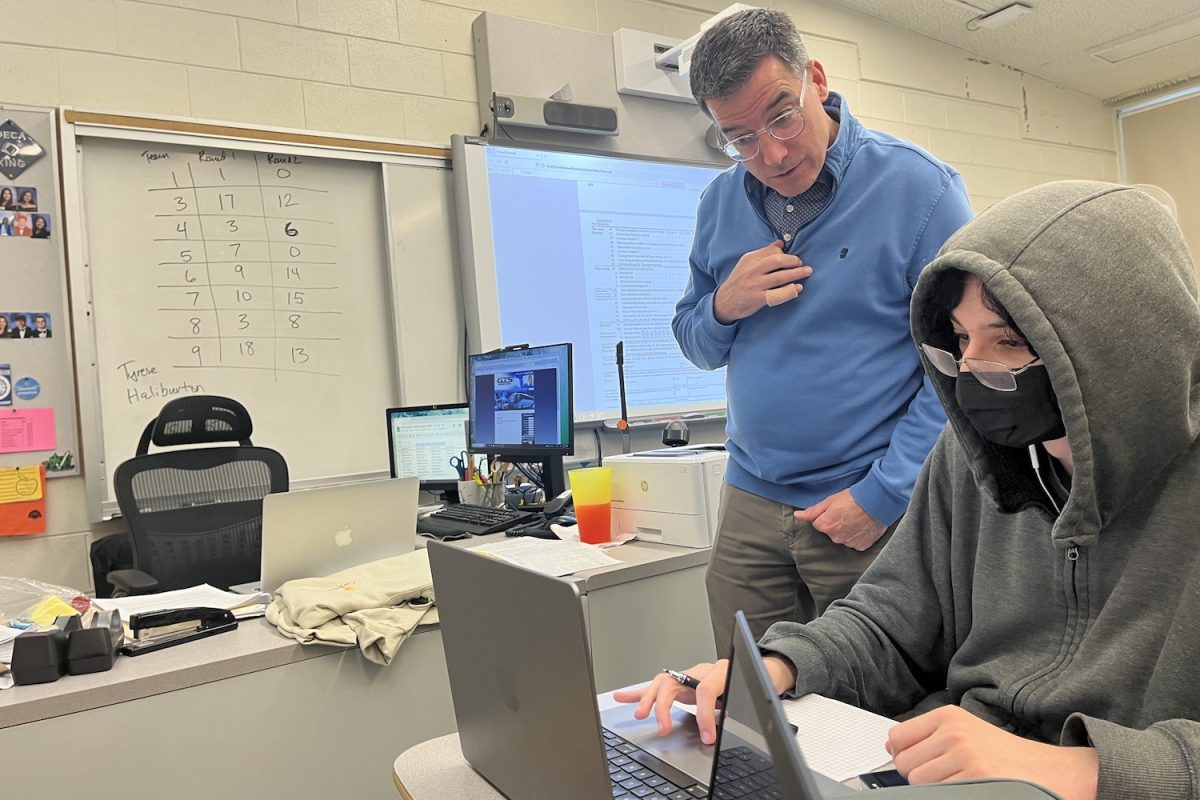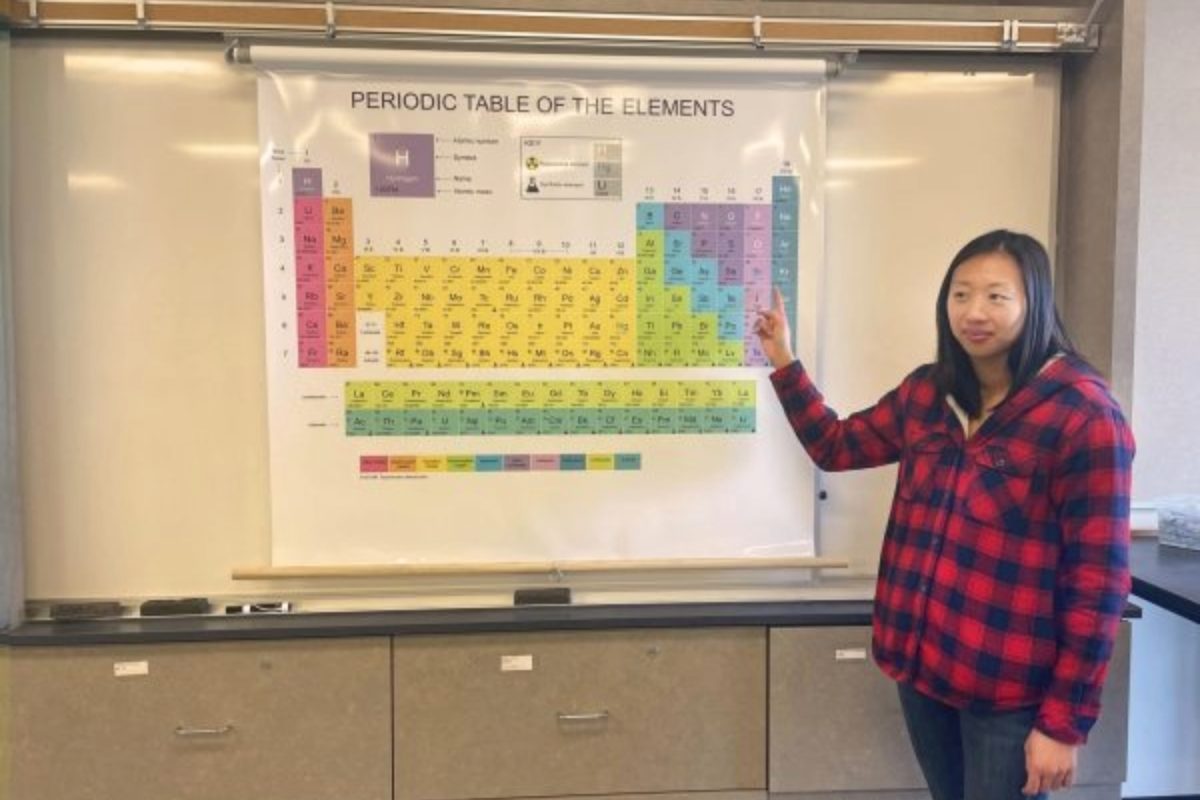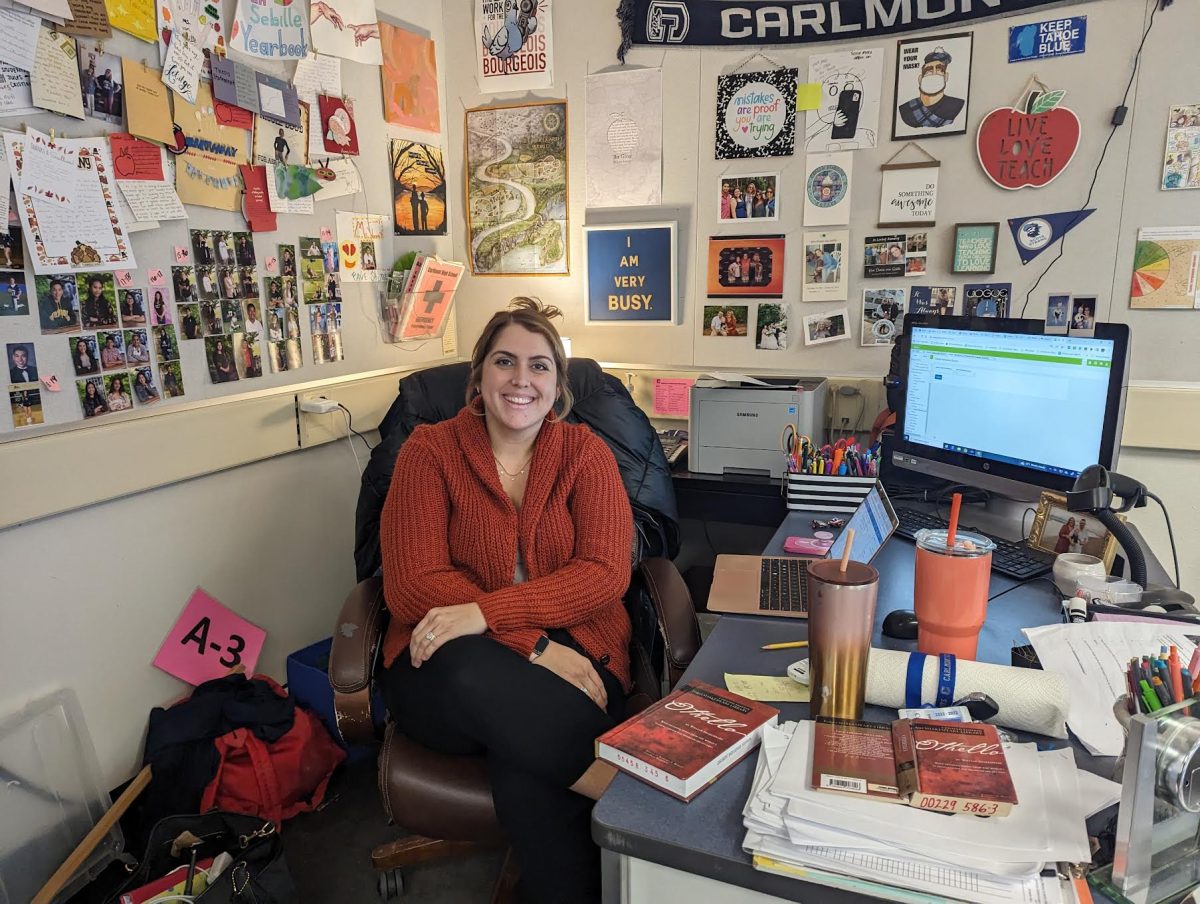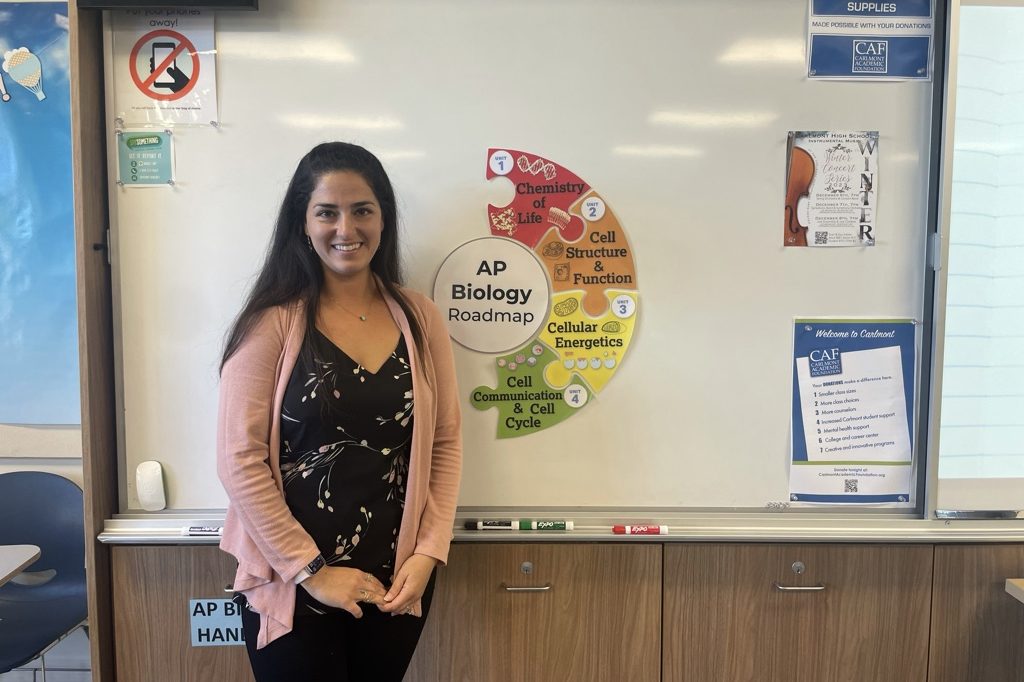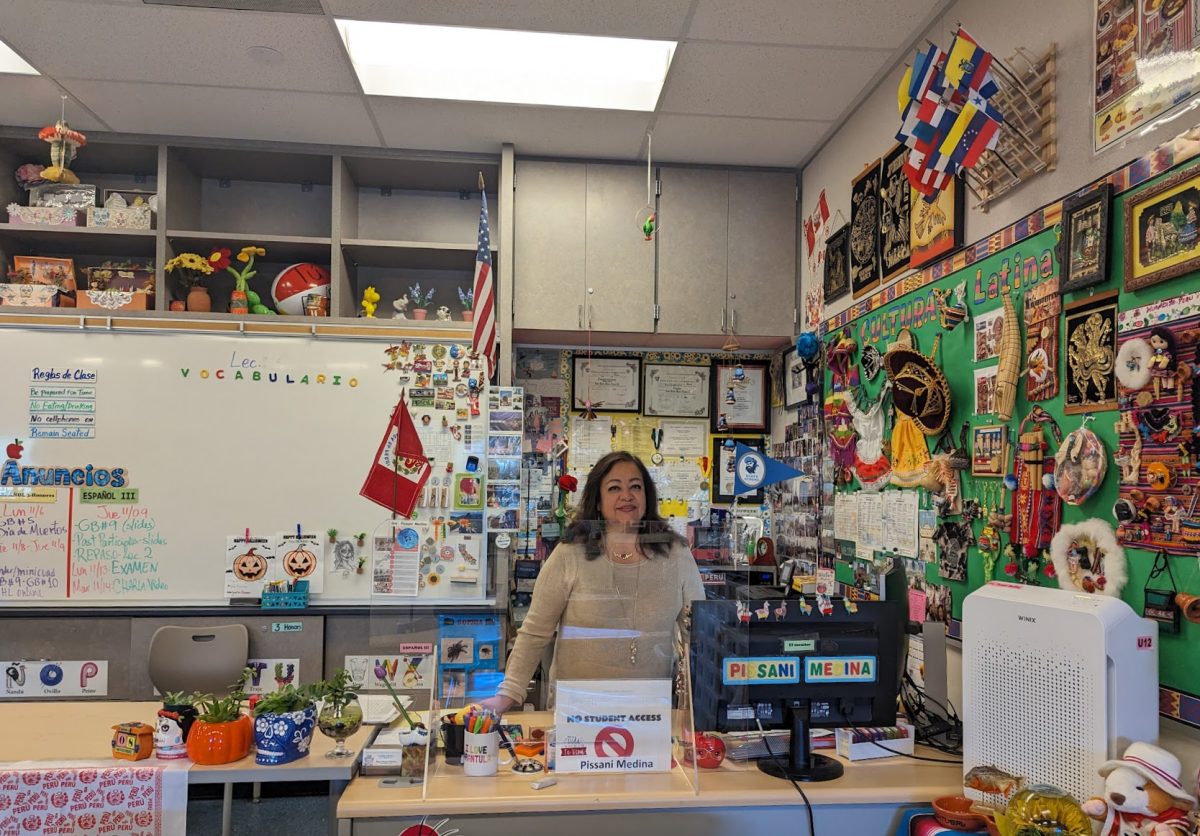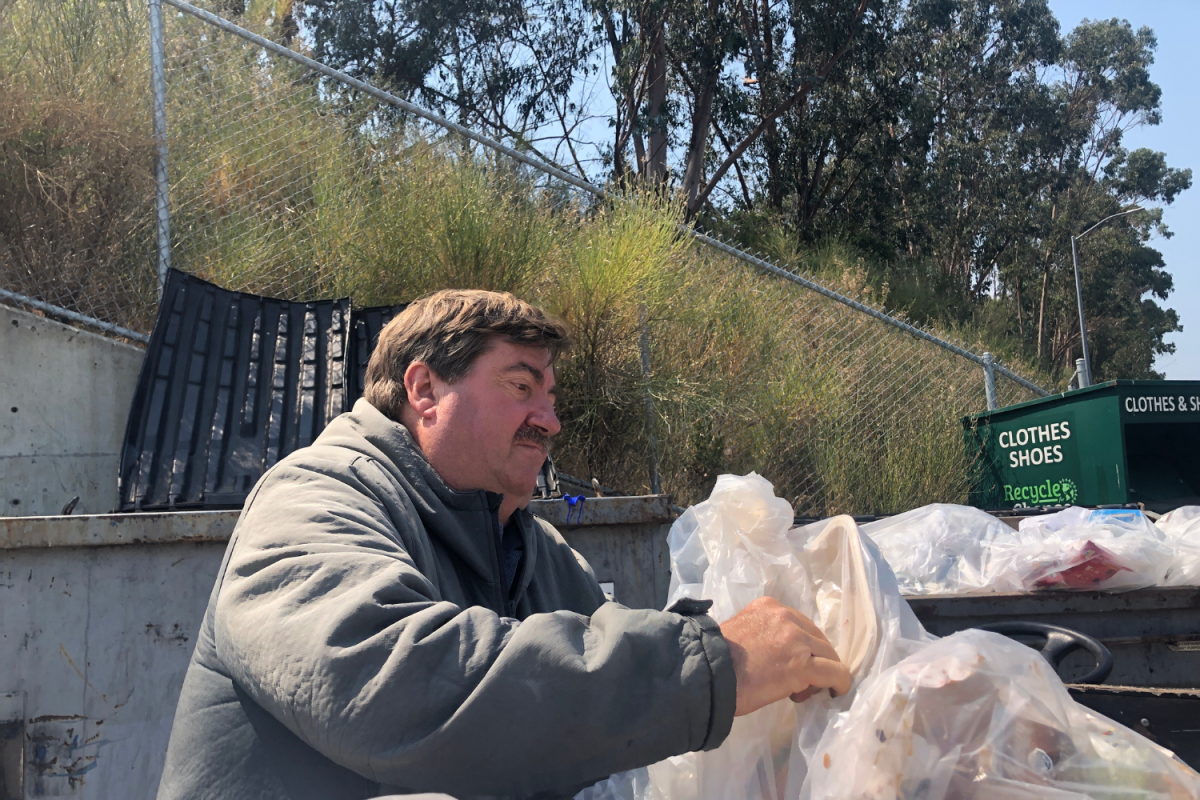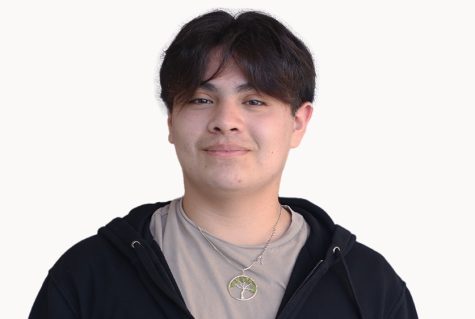Jeffery Tanguay, a Carlmont alumnus and social studies teacher, is passionate about returning all the learning he missed out on and took away from others during high school.
Throughout Tanguay’s adolescence, he struggled to get good grades and stay focused during class; few would have guessed that this school year would have been Tanguay’s first year of teaching at Carlmont.
“There are a lot of teachers who got straight A’s in high school, and I am not one of them,” Tanguay said.
As Tanguay transitioned into adulthood, he began craving the education he refused to feed into when he was younger.
“I did construction and worked in restaurants for a long time. I didn’t appreciate education until I was in my mid-20s and got the education to become a teacher,” Tanguay said. “When I was 16, I said I’d never step foot onto this campus again.”
Tanguay’s first-hand experience with traditional teaching styles led him to struggle in high school and made him structure his education in a diverse way that lets his students learn at their own pace.
“I try to make things more hands-on, like actually trying to apply some of the things they are learning in class. That’s how my class is structured: direct instruction, group work, and many projects. I’m trying to stay away from the more traditional ways of testing when I can,” Tanguay said.
Tanguay’s teaching style for his two courses (World History and Ethnic Studies/Life Skills) differs from conventional education standards, making him a very approachable teacher that many Carlmont students feel comfortable around.
“He’s super chill. He’s lovely and understanding, and I feel like I can talk to him. If there’s a problem or anything, he’ll listen to what I say, making me feel very comfortable,” said Angelina Sicchio, a sophomore in Tanguay’s World History class. “School-wise, if I don’t understand his teaching material, I have no problem asking him to explain it a little more. Even if I still don’t get it after I talk to him, he has no problem going more in-depth in helping me understand.”
Tanguay’s students aren’t the only ones who admire his unique teaching style. His adult peers who have observed him in the past also acknowledge his dedication and well-thought-out curriculums that give students an individualized experience.
“As a student teacher, Mr. Tanguay already had the basics down pretty well. I liked that he is very dedicated to the success of all of his students, and we spent a lot of time talking about how best he could support the different types of needs he would encounter,” said Gregory Schoenstein, a World History and AP World History teacher at Carlmont. “I was also impressed with his familiarity and ease with technology. He seemed to have a bottomless toolkit of tech-based activities to keep learning engaging for his students.”
Part of Tanguay’s success as a teacher is that he is very capable of adapting and willing to change a lot about himself to fit his students’ needs.
“One of the nicest parts of teaching is to be humbled, right? Because here I am; I’m like twice as old as my students, and this is what I do for a living,” Tanguay said. “I’m a dork for this stuff. Students will be like, ‘Oh, you know I’m in Algebra II’ or ‘Oh, I’m in Calculus,’ and so what? I never passed geometry. It’s very humbling. It’s cool, and it helps me from getting an ego.”
And even on his most challenging days, which have been many, especially considering this is his first year teaching, Tanguay ensures he’s the best version of himself for his students.
“I have had bad days. I guess we all do. It’s been a lot of work, but putting in that extra effort and hopefully seeing the students buy in a little more is fun. I don’t care if it’s more stressful or if I’m putting more work on myself. If that means more kids will remember being in my class and learning something, I’ll take that tradeoff,” Tanguay said.
Tanguay has a goal in his mind when he teaches: to make an impact in the lives of the children he’s with for the whole year, and that dedication is priceless.
“In 30 years, when I retire, I want to sit on a bench in either San Diego or Mexico, look back on my career, and feel like I was the teacher that put students first,” Tanguay said. “If I show up every day and show my students that I care about them and that I’m there for them, then I think that after 30 years, I can call that a day and be happy with what I did.”

